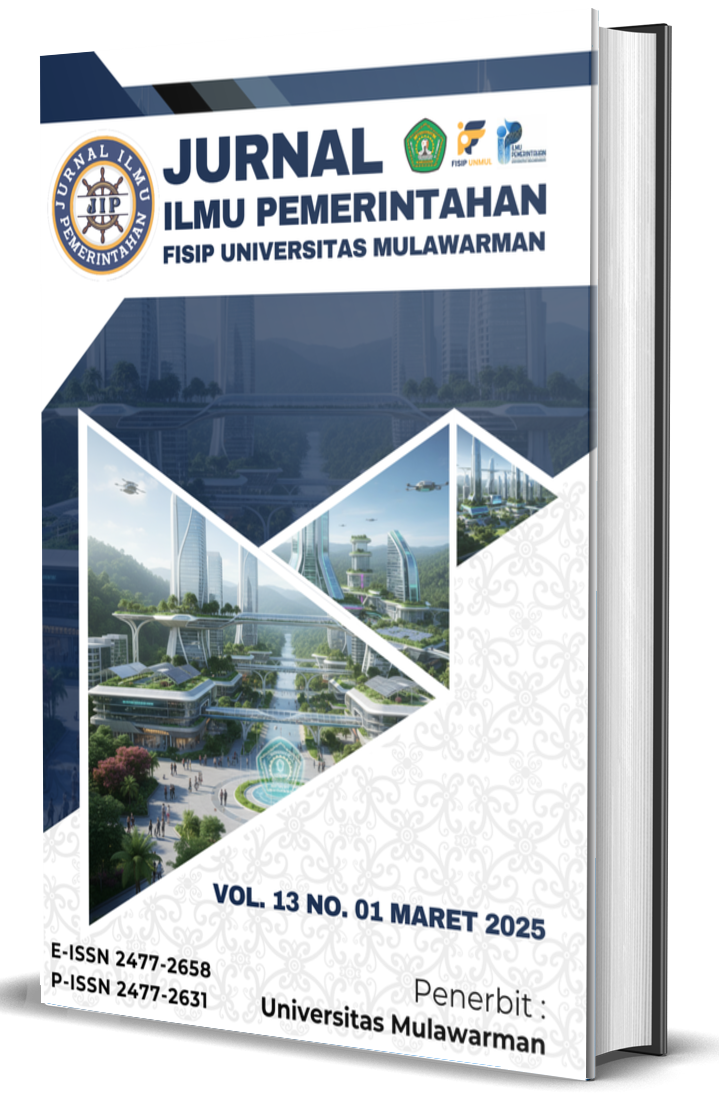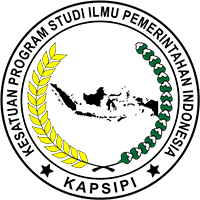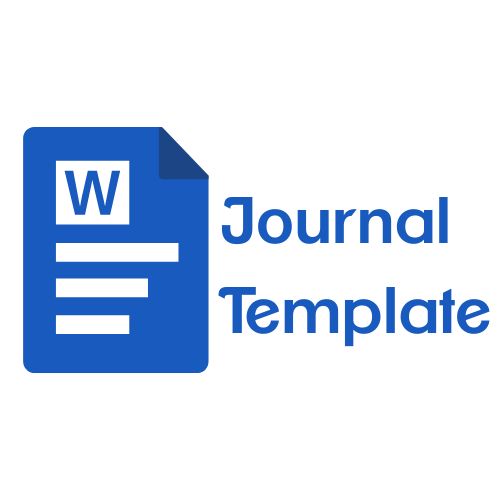Upaya Pemerintah Kampung Dalam Mengembangkan Objek Wisata Pulau Kaniungan Kampung Teluk Sumbang Kecamatan Biduk-Biduk Kabupaten Berau
DOI:
https://doi.org/10.30872/s5x3te58Keywords:
Upaya, Pengembangan Pariwisata, Pulau KaniunganAbstract
This study is intended to determine and analyze how the Village Government's Efforts in Developing Kaniungan Island Tourism Objects in Teluk Sumbang Village, Biduk-Biduk District, Berau Regency, then the author conducted observations and interviews to collect data on the Development of Kaniungan Island Tourism Objects at the village level. This research was conducted in Teluk Sumbang Village, Biduk-Biduk District, Berau Regency. The data collection technique used interactive model data analysis, and data collection was carried out using library survey techniques, observation, interviews, and documentation. By using a qualitative descriptive method, the sources in this study were the Village Head and Village Secretary, the Secretary of Pokdarwis, tourists (1 person), and the community on Kaniungan Island as many as 3 people. The results of this study indicate that the development of the Kaniungan Island tourism object in Teluk Sumbang Village based on the tourism program contained in the 2021-2026 RPJMK for the past 3 years has been implemented, but in its implementation it is still not optimal and still not in accordance with what is needed by the community and tourists who visit the tourist attraction location. Due to the problem of land availability that must know the origin of the land location. In addition, there is also a factor of fund availability when carrying out development or activities on Kaniungan Island.
Downloads
Published
Issue
Section
License
Copyright (c) 2025 Yulia Citra Ramdayani, Prof. Dr. Muhammad Noor, M.Si

This work is licensed under a Creative Commons Attribution-ShareAlike 4.0 International License.












